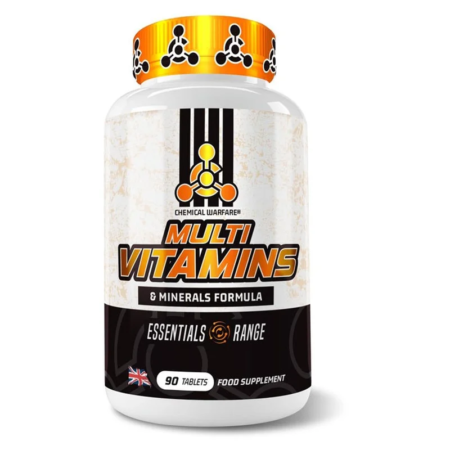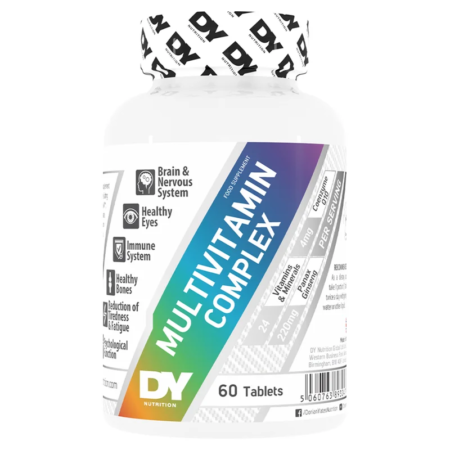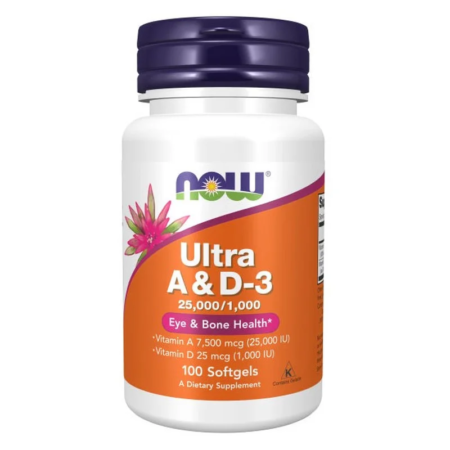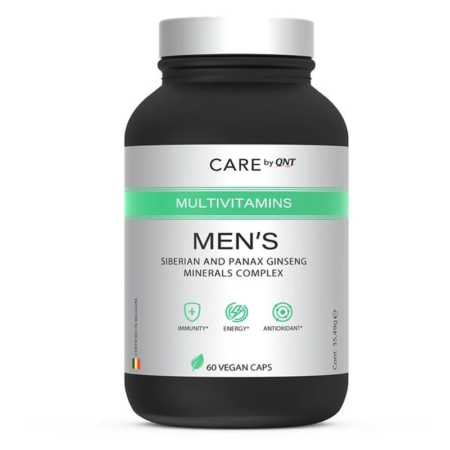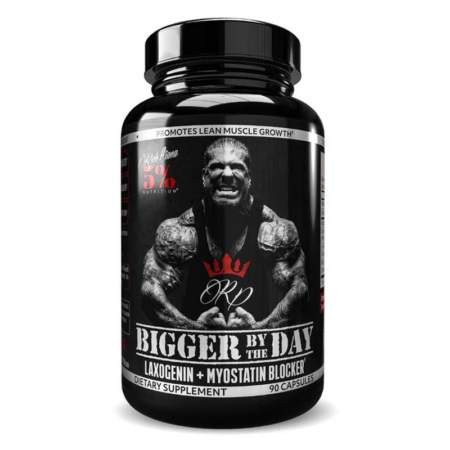Vitamin A
Vitamin A plays a crucial role in maintaining vision health and skin care. This essential nutrient helps keep your eyes and skin looking their best. It is not just good for eye care; it also supports cell growth and has antioxidant properties that protect against environmental damage.
Whether you’re trying to improve your complexion or ensure your eyes are healthy, Vitamin A is a valuable part of your diet. From reducing the risk of acne to promoting overall healthy skin, understanding how to get enough of this vitamin can make a big difference in your health.
What is Vitamin A?
Often overlooked in discussions about health, Vitamin A is a fat-soluble vitamin that is key to many bodily processes, including proper visual function and skin health. How does this vitamin work within your body? By promoting normal immune function, it plays an integral role in your overall well-being.
What can a lack of Vitamin A lead to? Without adequate amounts, you could face serious health issues, including impaired immune response, skin problems, and vision impairment. Therefore, ensuring you have enough through your diet or supplements is crucial.
The Benefits of Vitamin A: What does Vitamin A do?
Vitamin A is a powerhouse when it comes to promoting health and vitality. But what exactly are the benefits?
- Supports healthy vision and night vision
- Reduces the risk of certain skin conditions such as acne
- Boosts immune system effectiveness
- Supports cell growth and division
- Plays a critical role in maintaining heart, lung, and kidney function
- Helps maintain surface tissues such as the eyes, skin, and respiratory tract
- Acts as an antioxidant to combat free radicals
- Improves bone health
- Essential for reproductive health
How to Use Vitamin A in Your Skincare Routine
Incorporating Vitamin A into your skincare regimen can significantly enhance the health and appearance of your skin. Vitamin A is effective in its various forms, particularly retinoids, which are well-known for their powerful anti-aging and acne-preventing properties. When looking to add this vitamin to your routine, it’s essential to choose products like serums and creams that contain these active forms.
The frequency of use for Vitamin A products should be tailored to your specific skin type and the concentration of the formulation. A good rule of thumb is to begin with a small amount applied every other night, observing how your skin reacts. As your skin becomes accustomed to the retinoid, you can gradually increase the frequency to nightly use, if tolerated. This cautious approach helps minimize the risk of skin irritation and allows your skin to adapt without discomfort.
Additionally, it is crucial to monitor your skin’s response closely and adjust usage accordingly. For optimal results and to enhance your skin’s tolerance, it’s also advisable to incorporate a moisturizer and sunscreen into your daily routine. These steps will help protect your skin from dryness and UV exposure, which can be exacerbated by retinoid use. By following these guidelines, you can effectively harness the benefits of Vitamin A to achieve a clearer, more youthful complexion.
How Can You Avoid Getting Too Much Vitamin A?
Maintaining the right balance of Vitamin A is essential to avoid the risks of toxicity, which can lead to serious health issues. Here are several practical strategies to ensure your intake is safe and appropriate:
- Check the vitamin content in your multivitamins to confirm you’re not exceeding the recommended daily allowance.
- Avoid consuming multiple supplements that contain significant amounts of Vitamin A to prevent cumulative overexposure.
- Be conscious of the Vitamin A content in any prescription medications and discuss potential interactions with your healthcare provider.
- Always consult with a healthcare professional before beginning any new supplement regimen, especially if you are pregnant or have existing health conditions.
- Focus on obtaining your Vitamin A from dietary sources, which are less likely to lead to toxicity compared to high-dose supplements.
- Monitor your health for symptoms of Vitamin A excess, such as headache, dizziness, or visual disturbances, and adjust your intake accordingly.
- Understand that water-soluble forms of vitamins, including some forms of Vitamin A, are generally less likely to accumulate in the body to toxic levels.
By following these guidelines, you can enjoy the benefits of Vitamin A while minimizing the risk of adverse effects associated with excessive intake. A balanced diet and informed supplement use are key to managing your health effectively.
The Best Food Sources of Vitamin A
To naturally boost your intake of Vitamin A through your diet, there are several highly effective sources you can consider. Animal-based options like liver and fish oils are among the richest sources, offering concentrated amounts of this essential nutrient. Dairy products also provide a significant amount of Vitamin A, especially in fortified versions like milk and yogurt.
For those adhering to a plant-based diet, there are plenty of options as well. Carrots, for example, are well-known for their high beta-carotene content, which the body converts into Vitamin A. Other excellent plant-based sources include spinach and sweet potatoes, both of which are rich in nutrients and antioxidants that promote overall health while providing Vitamin A.
Obtaining Vitamin A from food rather than supplements has several benefits. Whole foods contain a synergy of nutrients that enhance the absorption and utilization of Vitamin A in the body, making it more effective. Moreover, the risk of Vitamin A toxicity is significantly reduced when sourced from diet rather than concentrated supplements. This natural approach ensures a balance of nutrients that supports not just the visual system but also immunity, skin health, and mucous membrane integrity.


